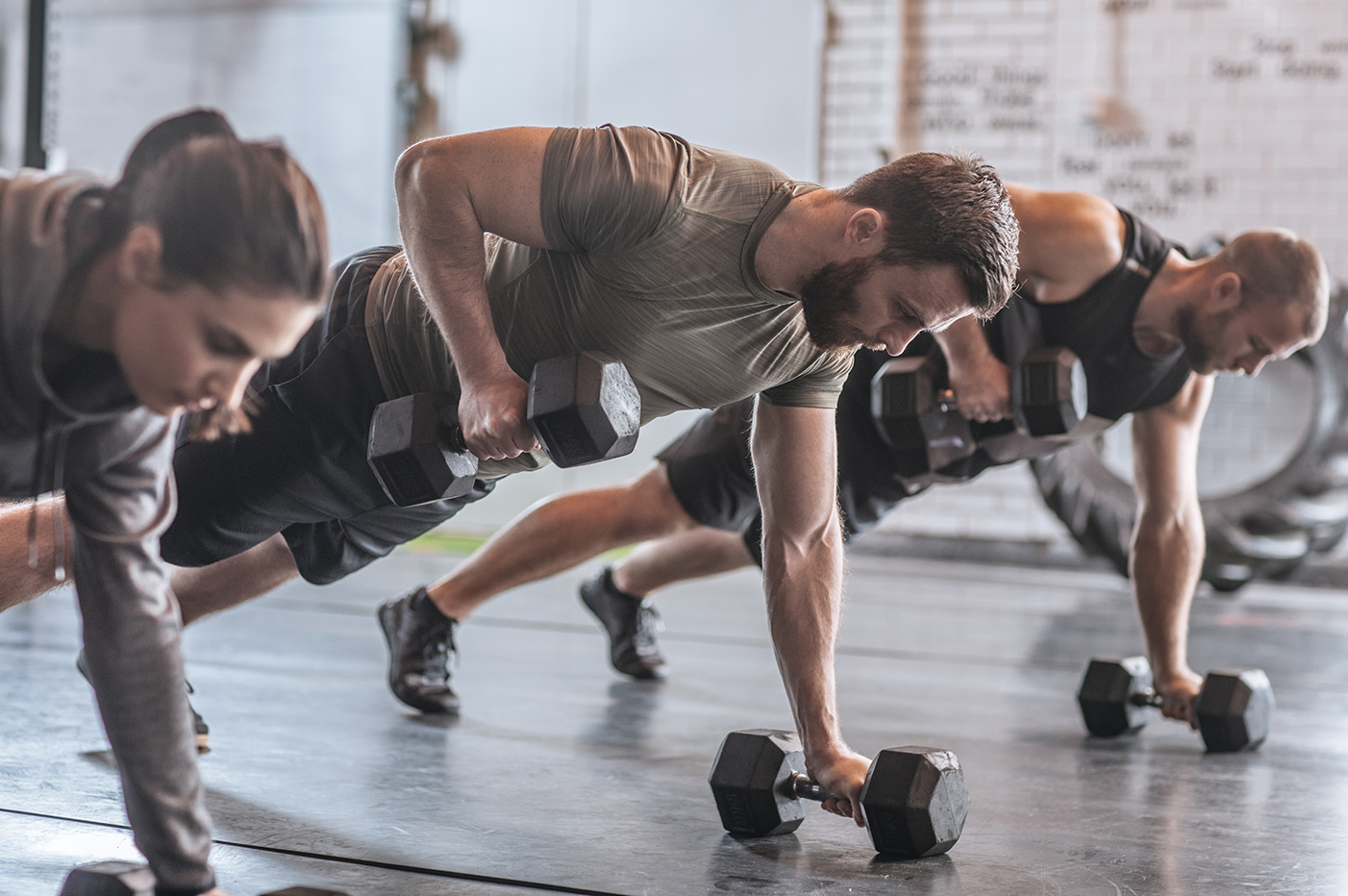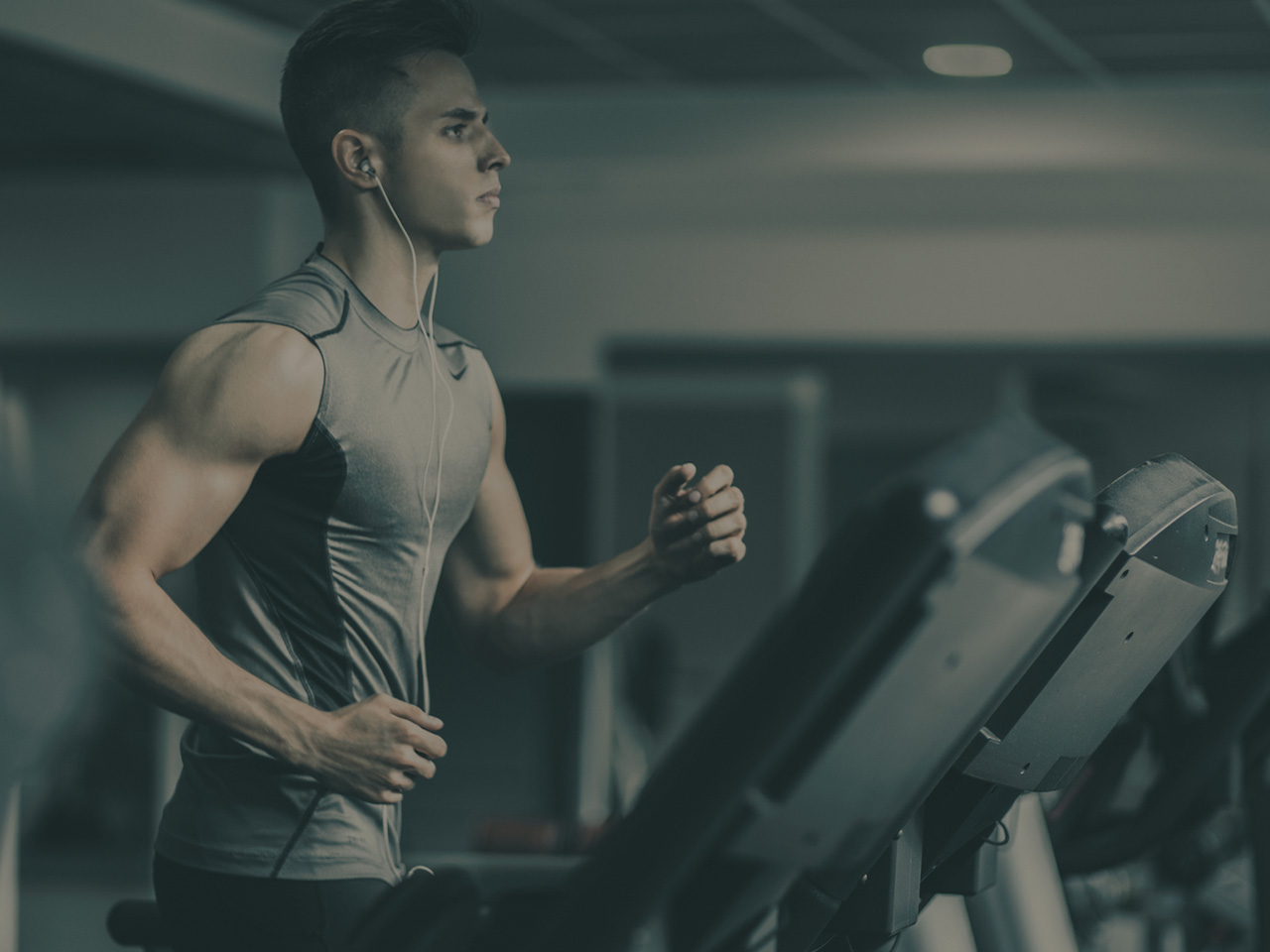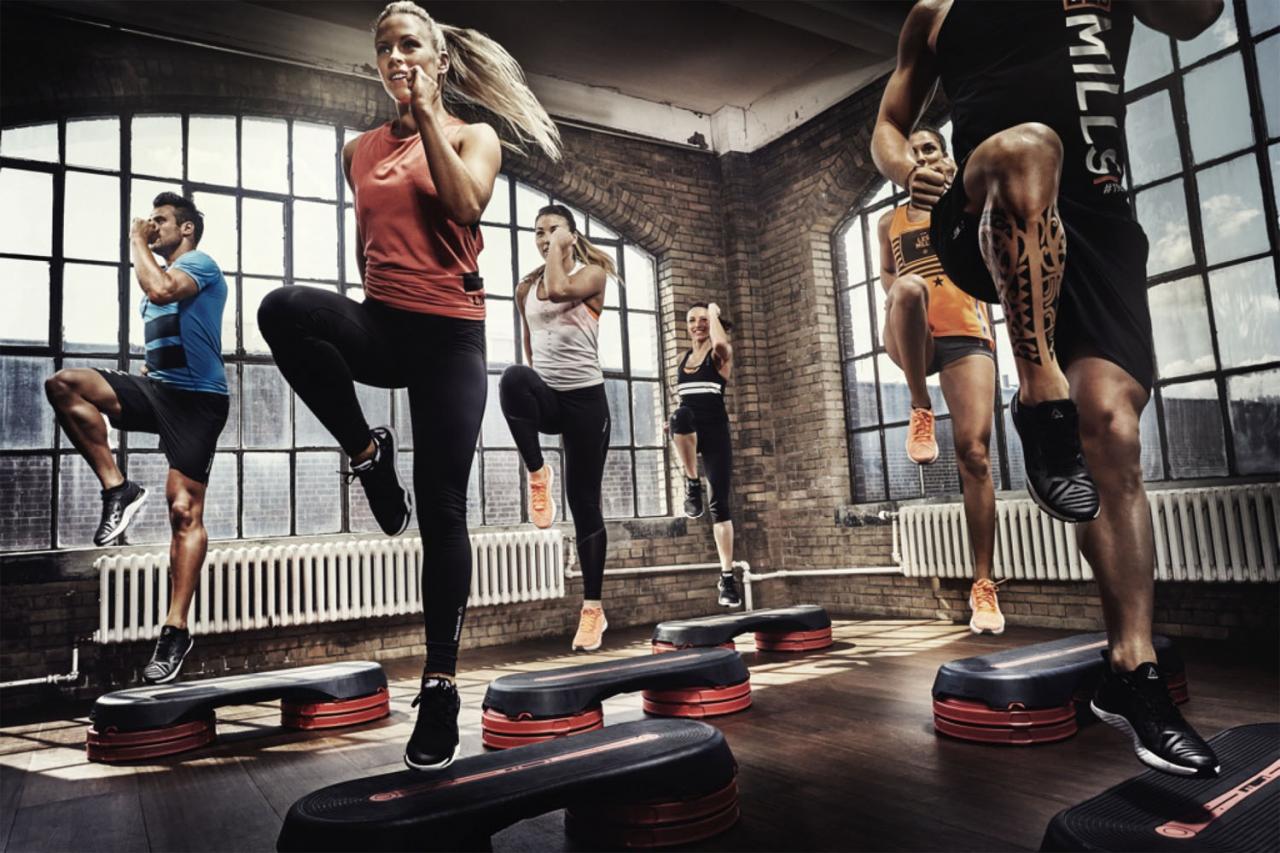Introduction Of Functional Fitness

Functional fitness is a world where exercises are done in life. In our fast-paced world today, it is important to prioritize exercise that enhances our daily activities. The functional wellness approach makes it ideal for people who want to increase their strength or flexibility as well as develop general mobility. This article will explore the philosophy, benefits, and uses of this lively training program. We would let the cat out of the bag on functional fitness.
Section 2: Benefits of Functional Fitness: Improving Daily Performance

Functional fitness goes beyond aesthetics and ensures that one feels and performs better in everyday activities. Here are some ways through which you can improve your routine performance:
- Enhanced functional strength – Unlike traditional weightlifting, functional exercises involve multiple muscles during one movement mimicking real-life actions such as carrying groceries or playing with our children leading to an overall improved power.
- Increased flexibility and mobility -Dynamic stretching and range-of-motion exercises are emphasized within this field hence improving flexibility among individuals thereby making them more mobile especially when they have free movements thus reducing chances of self-injury like when reaching for top shelves or tying shoes laces.
- Improved balance and coordination –This implies that proprioception and coordination can be improved via balance-focused workouts such as single-leg squats and stability ball moves which can be achieved through functional training hence improving stability and agility during household tasks like walking on rough terrain or avoiding obstacles.
- More energy & endurance –Boosting cardiovascular conditioning is done by most functional workouts using HIIT intervals in addition to circuit training that leads to increased stamina besides having extra energy throughout your day whether you are performing domestic chores or engaging in leisure time sporting events.
- Better mental health- Participating regularly in sessions of functional fitness has a myriad of mental health benefits including lower levels of anxiety as well as stress relief due to a sense of accomplishment for learning new skills and endorphins release during exercise which boosts good mood and mental health.
In summary, functional fitness offers more than mere gym workouts. Building strength, flexibility, mobility, balance, endurance, and mental well-being helps individuals to confidently live their lives actively.
Section 3: The Gap Between Functional Fitness and Traditional Exercise

Functional fitness workouts and traditional exercises share a common goal of improving health and fitness however they vary in principles used as well as outcomes desired. This is how functional fitness links up with traditional training programs:
- Real-life movements are emphasized – Typical traditional exercises include things such as bicep curls or leg presses that target only one muscle group at a time. On the other hand movements like squats, lunges, or pushes/pulls imitate everyday actions of individuals such as sitting down on chairs or lifting heavy objects off the ground thus preparing you for real-life activities and challenges ahead.
- Combining of a Group of Muscles: Rather than isolating muscles like traditional workouts, it involves using multiple muscle groups together with coordinated actions involving different parts of our bodies just as we experience while executing complex movements in our day-to-day living to develop functional strength and coordination.
- Focus on Balance and Stability: These elements enhance your stability muscles hence improving balance necessary for fall prevention especially when you grow older. Most functional training incorporates unstable ones like suspension trainers or balance balls into its routine workstation, unlike traditional exercises that are performed on stable surfaces such as flat ground or gym machines.
- Applicability to Daily Activities: By training movements related to real-life activities, for instance, bending, lifting, and twisting, you are better able to perform these tasks safely and efficiently in your everyday life; this is among the key advantages of functional fitness.
- Holistic Approach towards Fitness: This approach leads to a complete fitness level that improves how well you can function in every area of your life because the main focus of functional fitness is on holistic training that considers not only strength and endurance but also flexibility, mobility as well as overall movement quality.
As a result, even though there may be some space for conventional exercise routines, functional fitness takes a more pragmatic and comprehensive path to achieving good health and wellness in totality. Functional fitness bridges the gap between gym workouts and everyday movements ensuring that you not only look good but feel good as well move better in everyday life.
Section 4: Key Components of Functional Fitness Training: Strength, Flexibility, and Mobility
Functional fitness training uses various key components which together contribute towards improving physical functionality generally. Let us now go through these components individually:
- Functioning Strongly: For instance squats deadlifts push-ups etcetera exercising many muscles at once such as doing several muscle groups simultaneously develops practical muscle power. Gaining functional force means you can now carry out your day-to-day tasks faster.
- Limberness: It involves reducing chances of injury due to enhanced movement quality allowing one to easily perform simple tasks regularly. Dynamic stretching exercises such as leg swings or arm circles warm up the body before vigorous activities increase flexibility for instance. It helps in performing basic activities with no difficulty at all, by lowering the risk of injury that could be experienced during motion.
- Vigor: Mobility includes joint mobility along with stability, unlike flexibility which concentrates on muscle length. Mobility refers to the unrestricted movement throughout a full range of motion. Mobility exercises usually target specific muscles and joints, enhance their function, and reduce tightness. Increased mobility brings about improved performance since it leads to better physical performance.
- Balance and Coordination: Exercises that improve proprioception and balance such as single-leg stands or stability ball movements enhance coordination which helps in performing tasks like walking, standing, or reaching more accurately; these are not named as separate parts but are essential ingredients in functional fitness training.
- Core Stability: Functional fitness requires a strong central area as it is the core of all motion in the body other than walking. A fit core helps you do daily tasks with ease and keeps you from hurting your back. Core stability exercises include those that are done like planks or bird dogs which work on abdominal muscles, lower back, and pelvis to improve posture, balance, and general body control.
Functional fitness training involves such key components as functional strength flexibility mobility balance coordination core stability etcetera that improve overall physical function in everyday life. You can effectively move through these by engaging specific elements.
Section 5: Functional Fitness Workouts: Tailoring Exercises to Real-life Movements
Functional fitness workouts help people train for what they do. How can we make exercises look like real-life movements?
- Multi-Joint Movements: Examples of such moves are squats, lunges, and deadlifts, which engage multiple joints and muscle groups at once. Multiplex movements simulate activities like lifting groceries, reaching out stooping down, or climbing stairs making them very functional exercises.
- Some of these exercises include single-leg squats, lunges, and single-arm rows which are performed on one side of the body. They address imbalances within muscles while increasing stability and coordination needed for daily living when it comes to moving unilaterally.
- Integration of Functional Tools: Among others, kettlebells, resistance bands, medicine balls, and suspension trainers can all be employed as functional training tools to add variety to your workouts’ difficulty levels. These kinds of equipment allow a wide array of functional motions besides being adjustable depending on the level of fitness desired.
- Functional Core Training: Certain examples include planks, wood chops, and Russian twists – they involve core muscles while promoting stability. Proper positioning demands a powerful stable mid-section so that energy flows efficiently between the upper half torso and towards the legs during the day by day activities minimizing injury risk.
- Balance and Stability Drills: To enhance proprioception in addition to reducing falls plus injuries; these contain balance ball movements including single leg stands together with balance board exercises challenging equilibrium ability for performing various everyday activities without losing it.
- Functional Movement Patterns: Replicate common movement patterns seen throughout our day-to-day lives like pushing pulling twisting bending etcetera just so we ensure that their safety is adequately guaranteed even when they occur naturally within our bodies
For example, sled push, sled pull or resistance band pull, medicine ball twist, and object pick up at different heights are some of the movements that can help you improve on how well you perform them.
By incorporating these aspects into your routines, you can get fitter as well as better prepared for everyday life. Apart from developing stronger and more flexible bodies; functional fitness programs also prepare individuals for many physical challenges they encounter every day.
Section 6: Functional Fitness for Ageing with Grace: Keeping One’s Health and Independence
When dealing with older people, functional fitness is important in that it seeks to improve the physical abilities required in independent living. Here’s how functional fitness helps one age with grace:
- Keep Muscle Mass: Loss of muscle mass and strength happens as we grow older. Exercises related to functional fitness like resistance training help maintain and even increase muscle mass which guarantees mobility, good balance, and overall physical function.
- Balance and Stability Improvement: For the elderly, falls are a major concern as they often lead to severe injuries resulting in loss of independence. Functional fitness workouts that include balance and stability exercises can enhance core strength and coordination hence helping in proprioception thereby reducing the risk of falls.
- Maintain Bone Density: In old age, many people experience osteoporosis which leads to bone density loss causing fractures and limited mobility. Walking, hiking or weight lifting are examples of weight-bearing exercises that are incorporated into functional fitness whose purpose is the maintenance of bone density thus reducing the prevalence of such fractures.
- Joint Mobility Enhancement: Stiffness and reduced range of motion associated with joints are common issues that accompany aging thereby affecting daily living activities as well as quality of life. Functional fitness exercises addressing flexibility improvement alongside proper joint range can effectively reduce joint stiffness retaining mobility so that an elderly person can move more comfortably thus saving energy.
- Promote Cardiovascular Health: When it comes to heart health, cardiovascular exercise is important for maintaining its functions especially when a person grows older; however, cardio does not end there because functional training also offers people who participate in other activities including walking or swimming among others which help improve the state of heart health while increasing stamina hence general enhancement of cardiovascular system at large.
- Mental Well-being Boosting: Many studies have shown that routine physical activity including functional training has various psychological health benefits such as reducing stress, anxiety, and depression. Fun activities or any other form of self-care that are good for our physical health can improve a person’s mindset as well as increase the standards of life as people become older.
Functional fitness frees elderly individuals to live independently even though their vitality is fading away and their age is catching up with them thus enabling them to have a healthier future by engaging in functional exercises. Consequently, more mobility, strength, and confidence experienced by older adults who incorporate functional routines into their lives will ensure that they lead through their fullest lifetime.
Section 7: Preventing Injuries Using Functional Fitness: Building Resilience
Besides performance improvement, functional fitness is also very important when it comes to injury prevention. Here’s how it helps build resilience and reduces the risk of injury:
- Better Movement Patterns: Proper movement mechanics and technique are emphasized in functional fitness so that exercises can be done with correct forms. Thus, implying that while performing optimal movements, these kinds of fitness would minimize the occurrence of compensatory movements leading to overuse injuries and imbalances development.
- Muscle Balance: Many traditional methods of muscle building concentrate on particular muscles, which might cause muscle imbalances hence increasing the chances of injuries occurring. However, unlike its counterparts, this kind of training promotes uniform muscle development because it targets many muscles at once involving unilateral exercise that addresses the differences present in the body muscles.
- Stronger Core Stability: Proper posture maintenance required for instance means a stable core hence making sure neither spine nor extremities are injured during exercise or working out. For instance, there are such core targeting workouts like planks and bridges hence promoting stability within the core thus preventing lower back pains among other common injuries.
- Stabilizer Muscles Strengthening: Stabilizer muscles are involved in functional training when unstable surfaces or dynamic moves are used to maintain balance and regulate motion. Thus, it is important to strengthen the stabilizing muscles around the joints like knees and ankles for joint stability and to reduce the threat of sprains and strains.
- Enhanced Flexibility and Mobility: Tight muscles as well as limited joint mobility may increase vulnerability to musculoskeletal injury during physical activities. Functional fitness integrates dynamic stretching and mobility drills that can enhance flexibility, and optimize range of motion, thus lowering the chances of strains, sprains, or other soft tissue injuries.
- Gradual Progression And Adjustment: The design of functional fitness programs is gradual progression enabling the body to incrementally adjust itself towards higher levels of intensity and workload without compromising safety. Rapid spikes in training volume or intensity are avoided by functional fitness therefore minimizing overtraining injuries while increasing commitment to exercise on a long term basis.
- Rehabilitation Focus: For those who have experienced injuries, functional fitness becomes an efficient tool for rehabilitation. By incorporating targeted exercises that address specific movement deficits or weaknesses, functional fitness helps restore function, reduce pain, and prevent future injuries.
Functional Fitness equips individuals with proper movement mechanics, balanced muscle development core stability & gradual progression which they need to prevent injuries while maintaining lifetime physical health & vitality.
Section 8: Nutrition and Functional Fitness: Fueling Your Body for Optimal Performance
Nutrition plays a key role in supporting healthy functioning by supplying energy for everyday performance including recovery processes as well as general performance. This is how you make your nutrition optimal for better functionality:
- Macronutrient Balance: An equal food intake, which includes sufficient carbs, proteins & fats is vital for fueling energy production, muscle reparation as well a healthy life in general. Carbohydrates are what you need for your workout; protein is there to support the growth of your muscles, and healthy fats are necessary for the regulation of hormones plus the functioning of cells.
- Nutrition Before Exercising: Get ready for sports with a balanced ration including carbohydrates, moderate amounts of proteins, and fats. This will provide the necessary energy while maintaining muscle repair during exercise.
- Nutrition after Exercise: After any sort of physical activity you should restore glycogen stores and give your muscles essential nutrients needed for their rehabilitation and renewal.Phosphorylation era carbohydrates and protein within 30 minutes/ an hour immediately after training enhances prompt healing processes.
- Athlete Hydration: The maintenance of optimal hydration levels throughout functional fitness exercises enables one to perform at peak level as well as recover appropriately from such activities. In this respect have water before, during, and after workouts to support adequate hydration conducive to normal physiological functions
- Whole Foods versus Processed Foods: If we concentrate on eating whole nutrient-dense foods such as fruits vegetables lean proteins whole grains healthy fats while simultaneously limiting processed foods that are high in added sugars unhealthy fats artificial ingredients we are providing our bodies with vitamins minerals antioxidants needed to stay healthy & perform at an optimum level.
- Meal Timing And Frequency: You might want to plan when you want to eat or snack every day according to how you feel. You could try several types of meal timing strategies that best suit you without affecting your energy levels & performance – some people prefer having many smaller meals while others would rather go with fewer larger ones.
- Health Supplements: A balanced diet normally provides most nutrients required by the body system to support functional fitness however there may be some instances where supplementation becomes necessary especially when there are low nutrient needs or high nutrient demands such as those associated with intense training. For advice on whether supplementation is appropriate for you, consult a healthcare professional or registered dietitian.
With a well-balanced diet that fuels energy production, muscle repair, and overall health; it is possible to optimize your performance and maximize the benefits derived from functional fitness training. It must be kept in mind that nutrition plays an essential part in achieving desired results as far as fitness progress is concerned; thus it has to be individualized based on personal specific goals.
Conclusion
In summary, Functional Fitness takes an all-rounded approach toward improving general health and well-being by paying attention to real-life movements and functional strength. Integrating aspects including strength, flexibility, and mobility can help one achieve better daily performance while protecting oneself from injury and aging gracefully. By having the right nutritional meals, equipment, and determination; functional fitness facilitates people’s ability to live their lives fully ensuring they remain vital as well as resilient over time.
